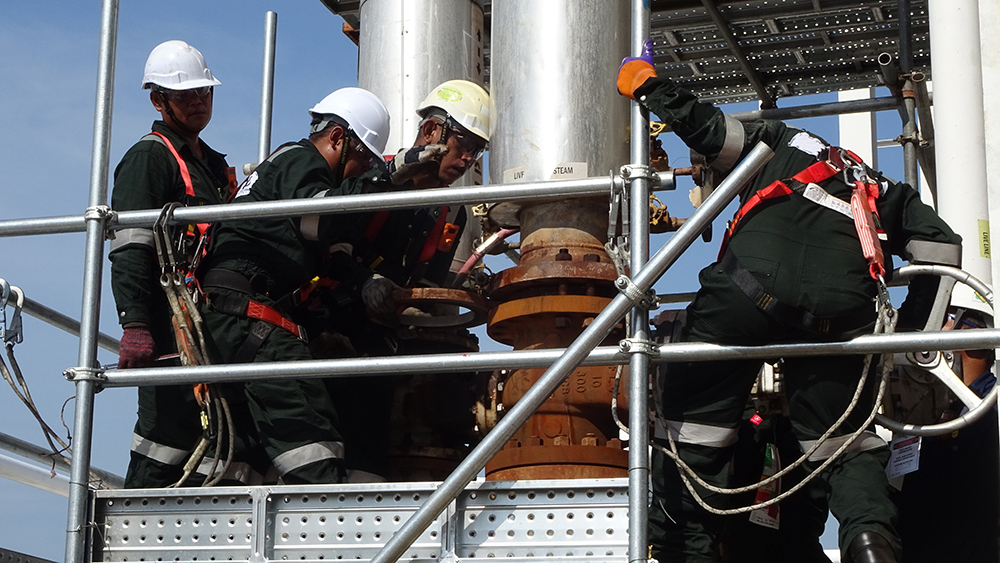Dec 6, 2021
By: Alireza Zandi Karimi, Applications Engineer, Triangle Fluid Controls Ltd.

Hot bolting is the practice of sequential removing and replacing of bolts on a bolted joint (e.g. flange, heat exchanger, manway, etc.) while the joint assembly is under reduced operating pressure. This practice is potentially hazardous, and the utmost caution, therefore, needs to be exercised and carried out while under permit and controlled conditions. In many documented accidents where hot bolting has failed, there have been fatal casualties, fire, explosion, and loss of equipment and plant.
Investigating the root cause of various hot-bolting incidents shows a similar pattern: Loss of bolt load caused by a difference in thermal expansion rates between the bolt material and the flange material caused a leak at a bolted joint assembly and hot bolting was ordered to address the issue.
Typically, in hot-bolting accidents, the safety of the joint is being compromised because a few points are possibly overlooked:
- Bolts have a small capacity to compensate for the “travel” when being stretched. Using devices such as flange springs allows for more bolt travel while maintaining bolt load during thermal cycling hence why they can help address these types of differential thermal expansion problems.
- Using outdated bolt tightening methods, using non-calibrated torque wrenches, calculating wrong torque values, and using the wrong K Factor can all contribute to failure in any application. However, in the case of hot bolting, normally the fact that the lubricant under the bolts and on the thread dries out is not taken into account. A dried-out anti-seize does not have the same K Factor as a wet one. Using a wet K Factor on a dry joint in torque calculation may result in a lower actual load on the gasket than the target load due to differences in K Factors.
- The strength of a bolt heavily depends on the temperature, and it decreases when the bolt is heated. This can result in breaking a heated bolt at much lower stress than that expected at ambient temperature causing major problems.
Understanding the factors affecting the joint assembly during hot bolting is key to minimizing the risk. Hot bolting should be carried out on depressurized equipment. The goal is to loosen and remove one bolt at a time , reapply the lubricant ensuring that the proper K Factor can be used in the calculation, then reinstall it (or use a new bolt) and retighten it to a specific target torque. It’s important to conduct a thorough analysis before hot bolting to make sure that enough travel in the joint can be achieved, and the target load can actually be obtained in all conditions.
Follow our Durlon® Gasketing Bolt Tightening Work Sheet and watch our step-by-step gasket installation video to further your knowledge of best maintenance practices.

